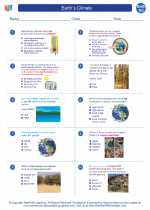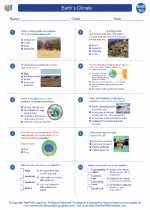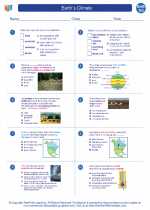Snowy
Snowy refers to the presence of snow, which is a type of precipitation in the form of crystalline water ice, consisting of a multitude of snowflakes that fall from clouds. Snowy conditions can have a significant impact on the environment, climate, and human activities.
Formation of Snow
Snow forms when water vapor in the atmosphere condenses directly into ice crystals, bypassing the liquid stage. This process occurs within clouds under specific temperature and moisture conditions. Once formed, snowflakes can grow in size as they collide with supercooled water droplets within the cloud.
Impact of Snowy Conditions
Snowy conditions can have various impacts on the environment and human activities, including:
- Climate: Snow cover can reflect sunlight, leading to cooler surface temperatures and influencing local climate patterns.
- Hydrology: Snowmelt contributes to freshwater resources, affecting river flow and water availability.
- Ecology: Snow cover can provide insulation for vegetation and habitats for certain animals adapted to snowy environments.
- Transportation: Snow can impact travel and transportation, leading to road closures and flight delays.
- Recreation: Snowy conditions can create opportunities for winter sports and outdoor activities.
Studying Snowy Environments
Understanding snowy environments involves studying various scientific disciplines, including meteorology, climatology, hydrology, and ecology. Students can explore topics such as snow formation, snowpack dynamics, avalanche formation, and the role of snow in the global water cycle.
Study Guide
For a comprehensive study of snowy environments, consider focusing on the following areas:
- Physical processes involved in snow formation and crystal growth.
- Impact of snow cover on local and regional climate patterns.
- Management of snowmelt and its implications for water resources.
- Ecological adaptations to snowy environments and the role of snow in ecosystems.
- Human interactions with snowy environments, including winter sports and infrastructure design.
By delving into these areas, students can gain a deeper understanding of the significance of snowy conditions within the Earth system.
.◂Earth Science Worksheets and Study Guides High School. Earth`s Climate

 Worksheet/Answer key
Worksheet/Answer key
 Worksheet/Answer key
Worksheet/Answer key
 Vocabulary/Answer key
Vocabulary/Answer key
 Vocabulary/Answer key
Vocabulary/Answer key
 Vocabulary/Answer key
Vocabulary/Answer key
